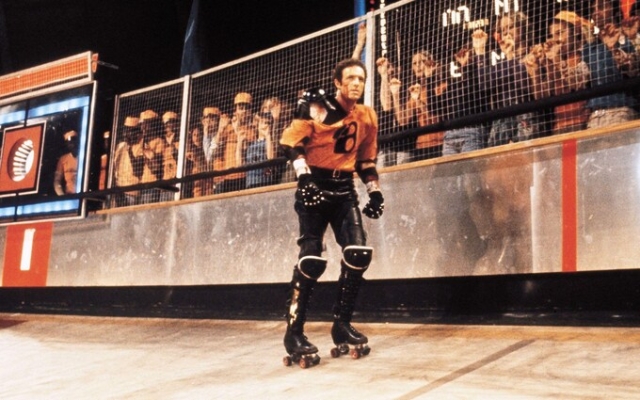 James Caan in the movie «Rollerball» Credits: Alami
James Caan in the movie «Rollerball» Credits: Alami
Rollerball, released in the summer of 1975, was one of the wildest and most dangerous species sports. difficult and immediately misunderstood films of that crazy decade. In all these respects, it was an anomaly for Norman Jewison — a swift change of pace for a director in mid-career.
Jewison made a name for himself with a string of film successes. previous decade: two svelte Steve McQueen vehicles (The Cincinnati Kid and The Thomas Crown Affair); his sly Cold War comedy The Russians Are Coming, The Russians Are Coming (1966); his best picture-winning study of race relations in Mississippi, In the Heat of the Night (1967), which contained the slap in the face heard around the world; and the triumphant Broadway play Fiddler on the Roof (1971).
Rollerball was meaner, darker, and more violent than any of those films: Jewison's only sci-fi film, not to mention his darkest social satire. The idea was a roller skating death match that pitted teams viciously against each other on a circular track, with spiked gloves, exploding motorcycles and extermination as the end goal, not to mention catnip for the ratings.
The idea came from screenwriter William Harrison, a literature professor at the University of Arkansas. After witnessing a brutal fight at a college basketball game, he wrote the 1973 short story «Roller Roller Murder,» which caught Jewison's attention. />
The director had already attended a hockey match between Boston and Philadelphia, which turned into chaos. “There was blood on the ice and 16,000 people were standing and screaming,” he told the Guardian in 1999. He was a resident of west London around this time and also regularly attended matches at Stamford Bridge, thereby witnessing some of the worst football hooliganism of the 1970s. should have offered.
Harrison and Jewison found common ground in how concerned they were about the intersection of corporate power and violent entertainment, and saw the potential for a thriller that could serve as a cautionary commentary. When Jewison offered $50,000 for the rights, Harrison decisively raised his asking price and asked to also write the script. Jewison agreed. They disagreed mainly on how gory the end result should be: Harrison constantly wanted them to go much further to make it overtly gruesome, and Jewison didn't want to gratuitously incite his audience.
It is believed that Clint Eastwood was at one point in contention for the lead role of Jonathan E., the MVP who sticks his neck out against his masters' dark plans. But James Caan became an even bigger star after The Godfather and the obvious choice with his powerful masculinity. “What really convinced me to do this was the athlete in me,” the late actor admitted.
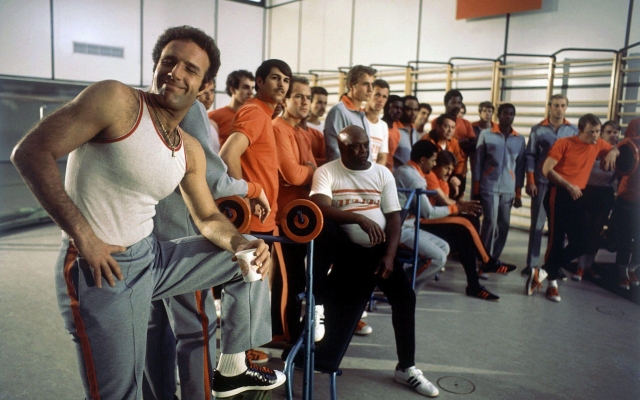 James Caan in the movie «Rollerball» Photo: Alamy
James Caan in the movie «Rollerball» Photo: Alamy
He enjoyed the physically demanding side of filming, but grumbled a lot about how tiring it was, finding «all this partying and crap» which was filmed in London and undeniably boring. He struggled to maintain interest in a character «whose emotions had practically been taken away from him», and for these reasons subsequently rated the film only 8 out of 10.
While construction was underway on the Olympic basketball arena in Munich on a track that British production designer John Box (Lawrence of Arabia) modeled to Jewison's specifications, Caan went to a four-month rollerball boot camp in California with the entire supporting cast, learning to skate for seven days. in Week. There were problems when they arrived in Munich: the track had 13-foot inclines and was not as flat as the one they had been training on. “We would just go downhill,” Kaan recalled.
As Jewison recalled, filming these sets was incredibly dangerous. “When I walked into the arena and started shooting, I was just afraid that I was going to kill someone. They will go faster and cut each other.” Someone spent six months after being injured during training, and a stuntman was hospitalized during filming. Kann separated his shoulder and injured a rib. “But I’m luckier than most,” he shrugged. Stunt performer Roy Scammell summed it all up: “Naturally I don't want to die, but if you take that out of it, it's an amazing performance. I'm sure it can catch on.»
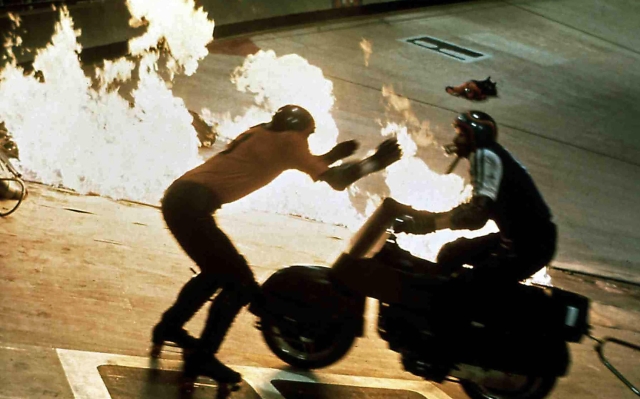 James Caan in rollerball action Photo: Alamy
James Caan in rollerball action Photo: Alamy
The problem was that it happened. The film was a very solid success, grossing $30 million worldwide for United Artists against an average budget of $6 million and finishing at number 12 on that year's box office chart. (It was a banner year for Caan, who was also Barbra Streisand's love interest in Funny Lady, which finished seventh with $40 million.)
Although critics were unsure of the film's tone and message, younger audiences couldn't get enough of it. That summer, the streets of California were swarming with teenagers performing scenes on motorcycles, wearing spiked gloves and so on. Jewison was horrified when he was repeatedly approached by promoters who wanted him to sign over the rights to the game so that real roller skating leagues could be formed.
“I thought violence for the entertainment of the masses was an obscene idea,” he later explained. “This is what I foresaw and that's why I made the film. In Europe this idea was supported. In America, they just wanted to play this game, man.»
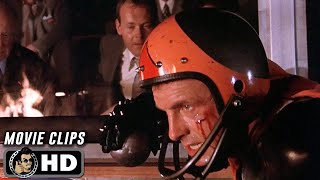
In this way, the film embodies one of the ironies inherent in dystopian science fiction: capture the mood of the times too well, and the prophecy you construct becomes self-fulfilling. Jewison's horror followed that of Stanley Kubrick, when A Clockwork Orange (1971) was accused of imitating chaos, and Kubrick removed it from British cinemas for almost three decades.
As flawed as it was, Jewison's film landed in a culture with a more lasting impact than he could ever have foreseen. It influenced films such as The Running Man (1987), as well as numerous video games of the 1980s and 1990s, including Rocketball, Hitman, Speedball and Speedball 2: Brutal Deluxe.»
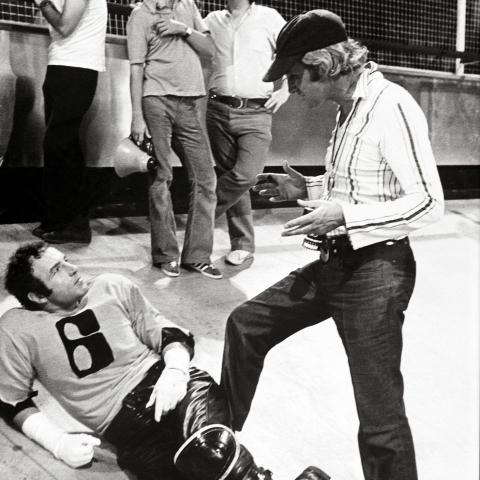 James Caan and Norman Jewison on the set of Rollerball Photo: Alamy
James Caan and Norman Jewison on the set of Rollerball Photo: Alamy
It was also remade, as you know, by MGM and John McTiernan. in 2002. This terrible film was a career killer for the director of Predator and Die Hard, as well as the strangest postscript imaginable. The staging was so unsuccessful that it quite frankly resulted in McTiernan serving a 10-month sentence in federal prison.
He was convicted of perjury after it was discovered that he had wiretapped his own producer, Charles Roven, while the film was unfolding. The FBI began investigating private investigator Anthony Pellicano and found that McTiernan was not cooperating with their investigations. “I just died on the road,” the director says now. None of this would have happened without Jewison's watchful eye for blood on the rails — it's not a masterpiece, nor as gory as you remember, but a zeitgeist classic in its sickening vein.



















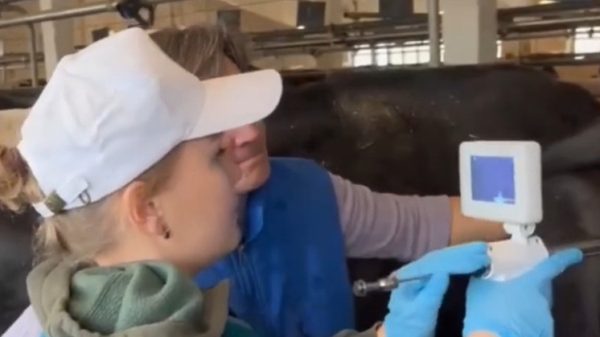






































Свежие комментарии